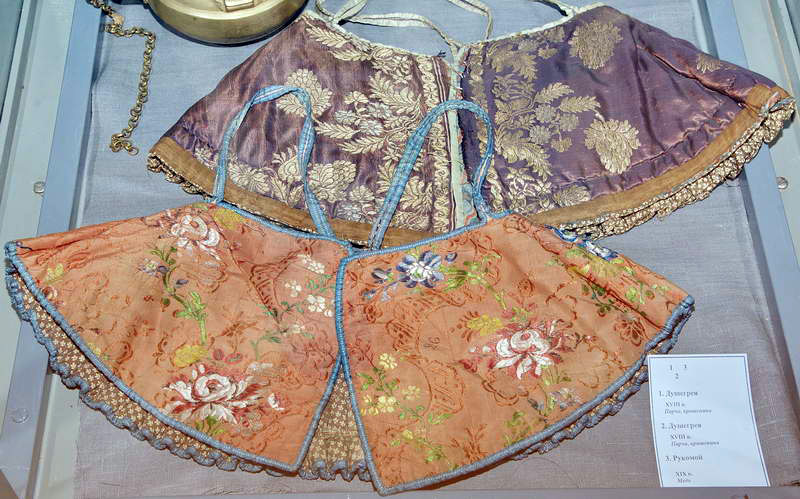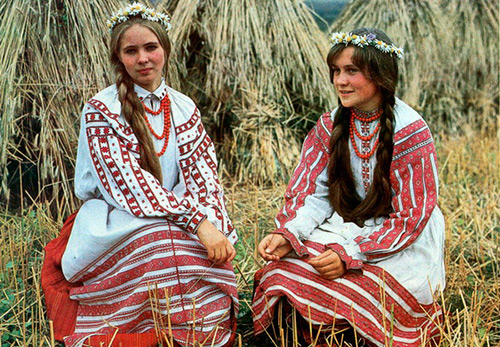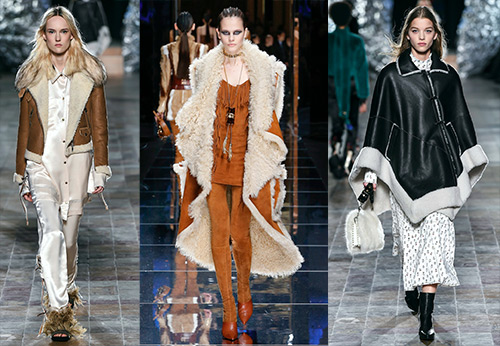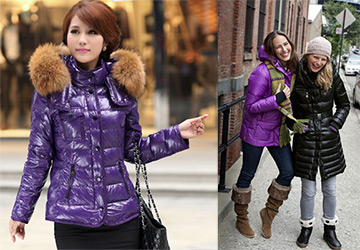Fashion history
Bekesh sheepskin coat for the coldest winter
The name of the sheepskin coat "bekesha" (from Polish bekiesza) entered the Russian language through Polish, but the type of clothing comes from Hungarian traditions (Hungarian bekes). Initially, this is an outer man's winter clothing, in the form of a frock coat, cut along the waist line, along which gathers or folds were gathered at the back. The Bekesha was made of fur on the inside. Fur trim was along the hem, the edge of the collar, sleeves and pockets.
Bekes in fashion history
Why bekesha? This word is derived from the name of the Hungarian commander Kaspar Bekes, an associate and friend of the Polish king Stefan Batory. Both at the same time aspired to the same goal - to become the prince of Transylvania. But Kaspar Bekes was defeated.
Kaspar Bekes came from an old Hungarian family. His father also received the nickname Bekesh, after the name of the area where his possessions were. Kaspar Bekes served at the court of the Hungarian king, headed the embassy in Istanbul, hoped to become the prince of Transylvania, but in this case he lost.
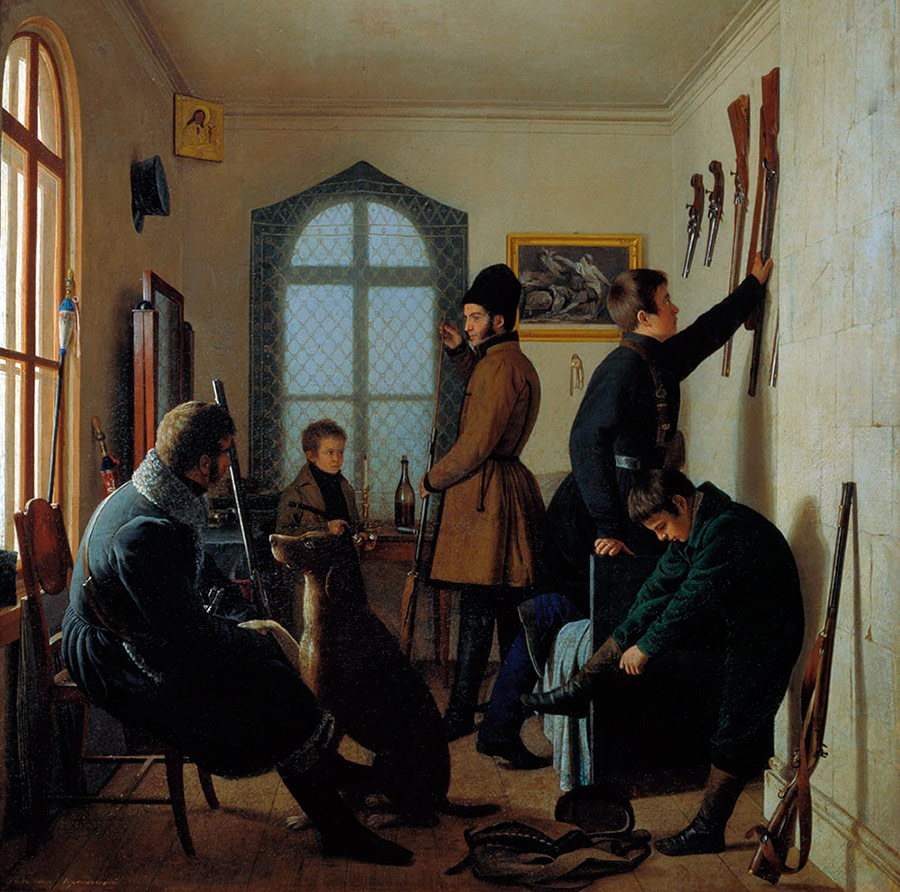
Painting by E.F. Krendovsky. Hunting fees.
Soon Stefan Batory (1533-1586), in Hungarian Istvan Batory, was elected king of the Polish-Lithuanian Commonwealth. In the future, the two rivals became friends, and K. Bekes commanded the Hungarian infantry of the royal army, then Batory appointed him voivode in the city of Grodno. It was Kaspar Bekesh who fell in love with this so-called caftan - warm and comfortable not only in everyday life, but also in extreme situations.
Foreign costumes penetrated into Russia even before the decrees of Peter I. The clothes of princes and boyars were very diverse, rich and colorful. What we now call layering was then a tradition in the Russian style - they wore several shirts at once, ports - lower and upper.
There was one for home clothes, another for going out, for receptions or feasts, etc. Some types of caftans there were several: ordinary, home, weekend, terlik, stanovoy (its cut was tailored to the camp), Turkic, Russian, Polish and many others.
The Polish caftan appeared in the 17th century under the influence of Polish clothing. Detachable, tight-fitting bodice, due to the gathering at the waist, an extended bottom. The sleeves from the elbow to the ridge also expanded, forming an assembly along the ridge, and, on the contrary, narrowed from the elbow to the wrist. The caftan was calf length.
If we continue the conversation about layering, then the most elegant and expensive clothes were worn over a caftan. This is opal, ferzea, fur coat and others... Bekesh also began to appear among the first foreign outfits.
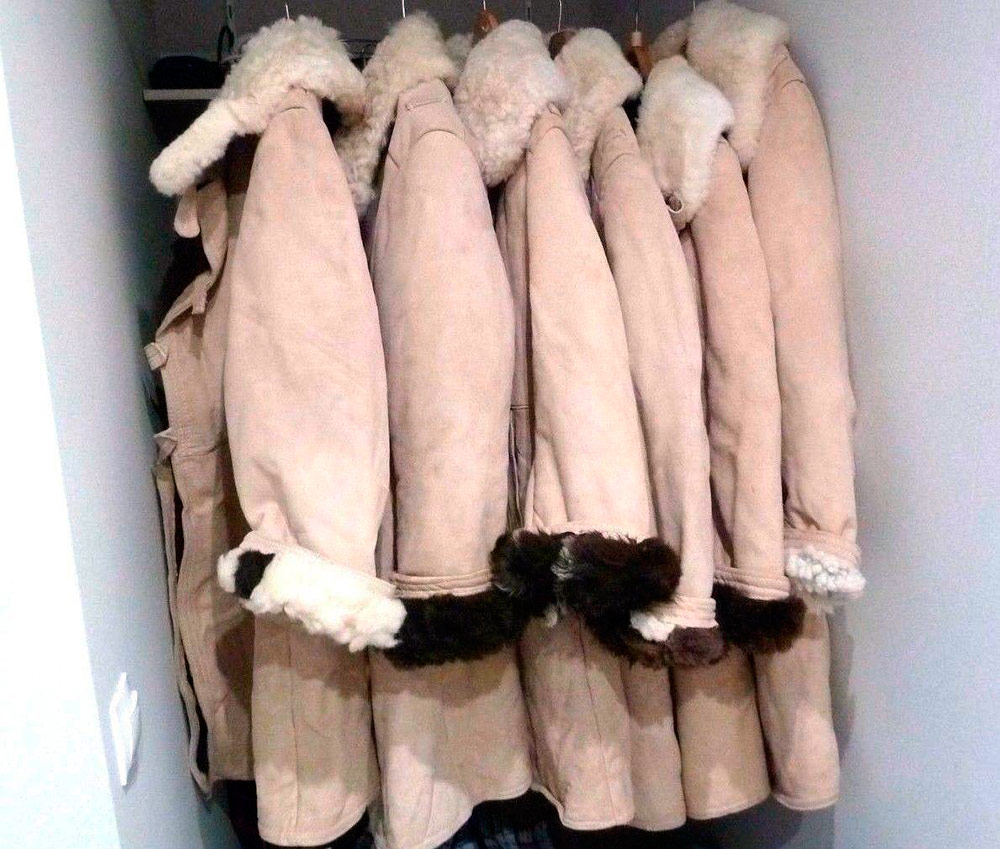
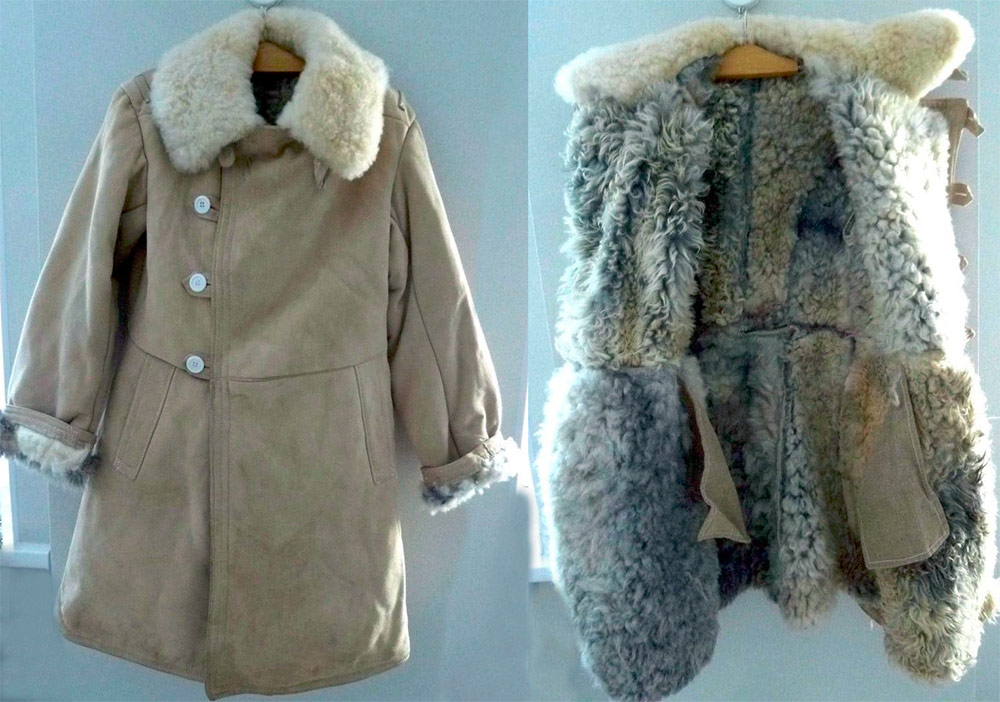
In 1700, in January, with a drumbeat on the squares and streets, a decree of Peter I was announced to put on a new dress - Hungarian caftans - before Maslenitsa, not later. In the 18th century, the bekesha became popular, although only the fur edge remained its unchanged and characteristic detail. And the cut and the length itself and even the shape of the collar were interpreted in a free choice. More often the collar was in the form of a low fur stand.
Short fur coats, sheepskin coats with the name "bekesha" appeared in military uniforms at the end of the 19th century. Bekesh were very fond of in the Cossack troops. The Cossack Bekesha could be of any length, as long as the floors did not interfere with getting on the horse. Her collar and shape have changed more than once, only the fur trim remained unchanged.
Sheepskin coat, sheepskin coat or sheepskin coat, caftan or bekesha - clothes are very warm and windproof in winter frosts.
One of the styles of bekeshi worn by officers of the Russian Imperial Army looked like this:
Bekesha, slightly fitted in the belt, with pleats or gathers at the back at the waist, button fastening, high collar, astrakhan or sheepskin trim along the edge of the collar, shelf and sleeves.
Bekesha - clothes that could keep warm in extreme conditions (severe frosts, cold winds).In the uniforms of the officers of the Russian army, the bekesh is a "short fur coat for equestrian training."

Bekesh's sheepskin coat in women's wardrobe
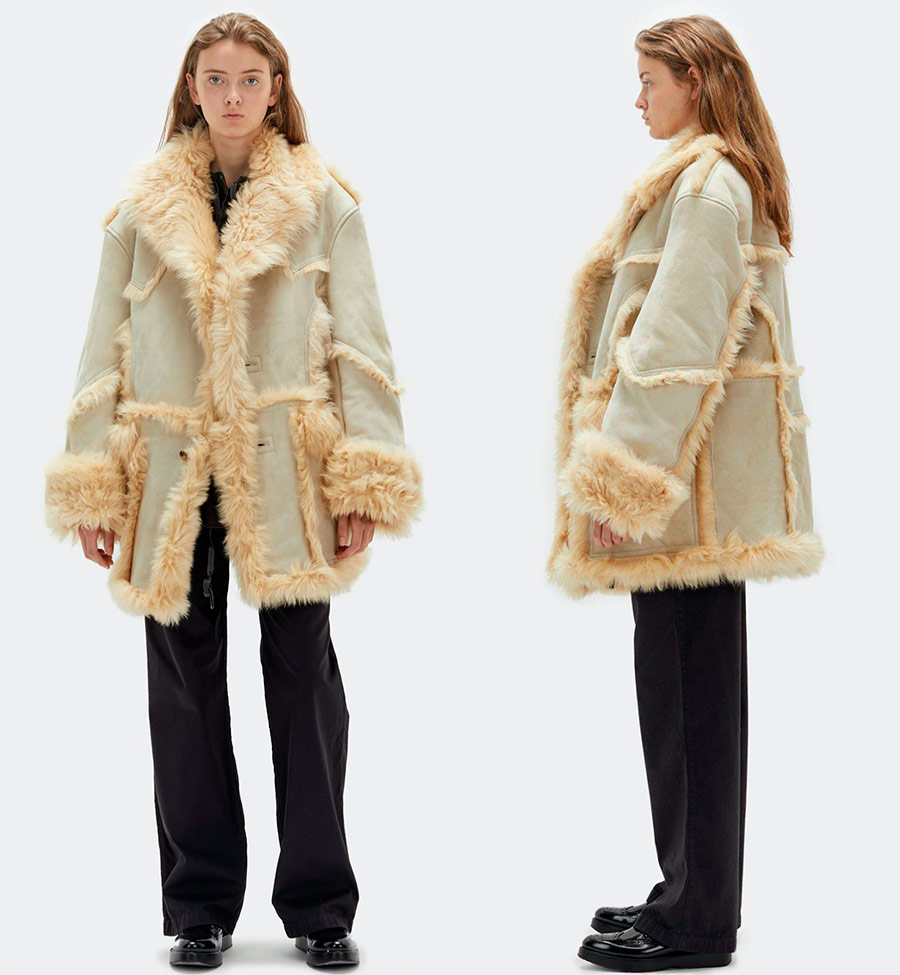
After the 1917 revolution, the bekesh was used as the outerwear of the command staff, and then it was introduced into the state standard as a special winter uniform. The Bekeshs were often called Romanov sheepskin coats.
Bekesha has come a long way and became the official military uniform of the Russian Imperial Army, and after a while - in the troops of the USSR. The name "bekesha" was also applied to officers' sheepskin coats during the Great Patriotic War of 1941-1945.
In addition to the advantages of thermal insulation, the bekesha does not collect dirt, and, if necessary, can be easily cleaned with a brush.
Perhaps, at present, someone does not call this sheepskin coat bekesh, and someone did not know such a background behind it, but the bekesha remained and has not lost its relevance today. It is used not only by those who, by the nature of their profession, are forced to be outdoors for a long time, but also by ordinary people who, in one way or another, conduct their economic activities in special conditions, by winter fishing enthusiasts and hunters. But here we are not going to put a point that limits the relevance of the bekeshi.
Bekesha is also popular in women's wardrobe. Therefore, many designers offer a fashionable interpretation in the form of stylish sheepskin coats.
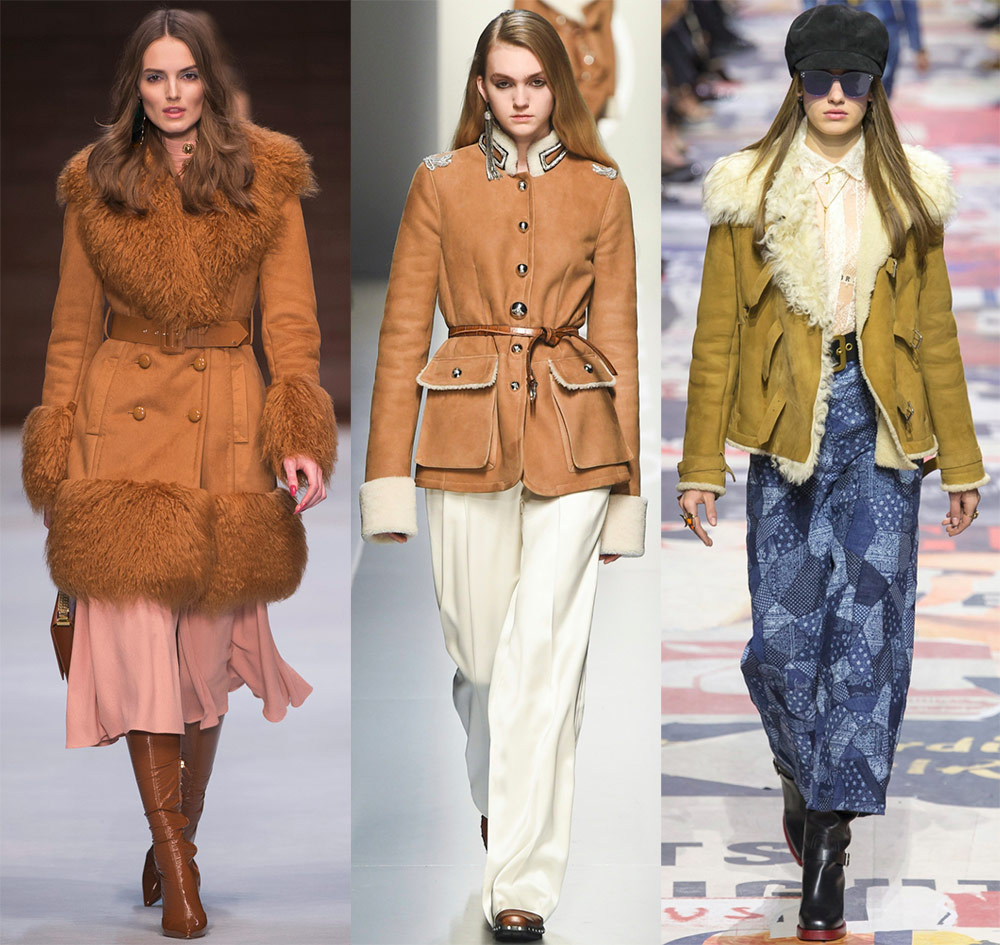
Comments and Reviews
Add a comment
Rating news
Shades of clothing that make women look younger
What shades of hair make women younger: rules and photos
Funny wedding dresses - photos and ideas
12 most expensive down jackets for the winter
How to look 25 at 40: tips from supermodels
Beautiful schoolgirls
Anti-aging haircuts and hairstyles for women
Fashionable skirts for autumn and winter
Fashionable women's trousers for the cold season
Fashionable and stylish sandals for summer 2024
Spring-summer 2024
 Fashionable dresses and tops with thin spaghetti straps
Fashionable dresses and tops with thin spaghetti straps
 Bandana tops: how to wear stylishly and beautifully
Bandana tops: how to wear stylishly and beautifully
 How to put together the perfect men's wardrobe for the summer
How to put together the perfect men's wardrobe for the summer
 Fashionable shorts for spring-summer 2024
Fashionable shorts for spring-summer 2024
 Fashionable skirts for spring-summer 2024: a guide to online shopping
Fashionable skirts for spring-summer 2024: a guide to online shopping
 The most fashionable dresses spring-summer 2024: styles and colors
The most fashionable dresses spring-summer 2024: styles and colors
 Fashionable total look 2024: ideas of images and trends
Fashionable total look 2024: ideas of images and trends

